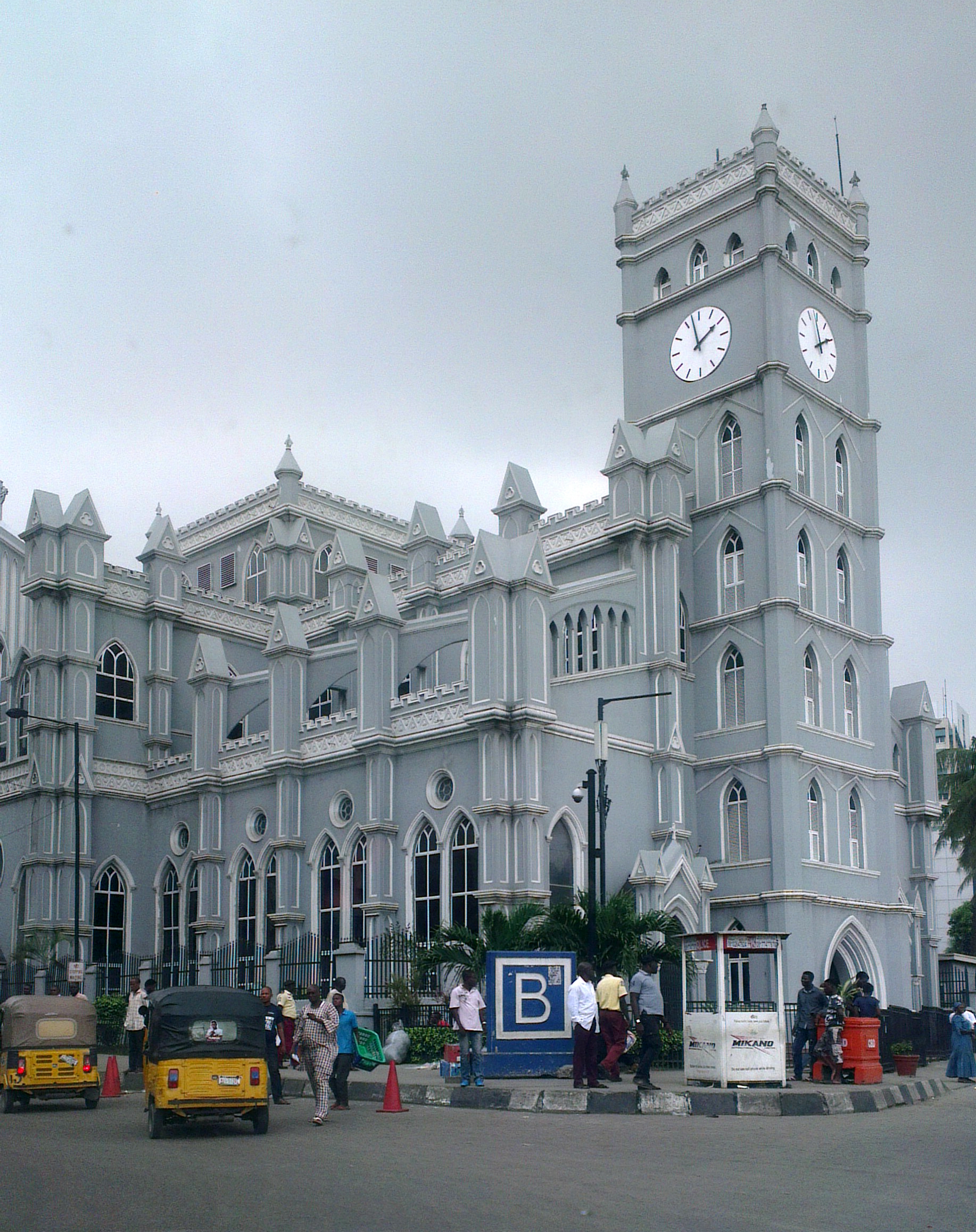Thousands of hectares of land owned by the Church of England could be used to build affordable homes in the next few years under proposals from a housing commission set up by the archbishop of Canterbury.
The church must lead by example in tackling the housing crisis facing the nation, says the commission. The government should adopt a 20-year strategy to provide truly affordable homes to its citizens, but the C of E can act immediately, its report, Coming Home, concludes.
The church owns about 81,000 hectares (200,000 acres) of land, held by the church commissioners, 42 dioceses and 12,500 parishes. Much of it is unsuitable for development, but a mapping exercise carried out by the commission has established that a significant proportion could be used to build affordable housing.
However, fewer than a quarter of the 3,820 new homes that the church commissioners have secured planning permission for since 2015 were affordable, the commissioners said. Assets include land “suitable for the delivery of 28,500 new homes across England, of which we anticipate around 8,600 will be affordable”.
Graham Tomlin, the bishop of Kensington and vice-chair of the 10-person housing commission, said the church as landowners had a “crucial part to play” in tackling the housing crisis. “We can take a lead in providing affordable housing where we can.”Advertisementhttps://4aef11ea618ff53f45d9640d9a2175dc.safeframe.googlesyndication.com/safeframe/1-0-37/html/container.html
The legal framework for selling church assets should be amended so church land and buildings can be used for social and environmental, as well as economic, benefit, the commission’s report says.
Some of the land held by dioceses is “glebe land”, which is required by church law to be held to fund clergy salaries. The commission says dioceses should be empowered to dispose of such assets for “appropriate missional purposes” other than solely for ministry costs.
It also seeks clarification of charity law regarding the disposal of assets. “There is a perception that you have to maximise the amount you get, that assets have to be sold to the highest bidder,” said Charlie Arbuthnot, the commission’s chair.
“That is not great for the church’s reputation. I’m sure for the most part [parishes] absolutely want to do the right thing but believe they can’t.”
A proposal to convert a former C of E school in Arkengarthdale in the Yorkshire Dales into affordable housing was blocked last year when the diocese of Leeds and the local parish said they were legally obliged to accept the highest offer for the property.
The report says about 8 million people in England live in overcrowded, unaffordable or unsuitable homes. “That is not right. Whole sections of our society, including people of all ages, are affected by the housing crisis, but those caught in poverty bear the brunt of this injustice.”
Instead of short-term initiatives by successive governments, “it is time for a bold, coherent, long-term housing strategy focused on those in greatest need”.
Tomlin said: “The answer is not just building more homes, which end up in the private rental sector, but truly affordable homes. The definition of affordability must be linked to people’s incomes rather than discounting the market rate.”
The report cites the example of St John’s church in Keswick in the Lake District, which offered a piece of land next to the graveyard to a community group, which built 11 affordable homes for local families.
Justin Welby, the archbishop of Canterbury, welcomed the challenge to the church, which he said was “uniquely placed … to work to build not just more houses but truly affordable houses and stronger communities”.
Polly Neate, the chief executive of the housing charity Shelter, said: “It is brilliant to see the C of E showing leadership and taking action to tackle our growing housing emergency. Looking at how church land can be best used to fight homelessness is extremely welcome.”
The commission also called for unsafe cladding on residential blocks to be removed by June 2022, the fifth anniversary of the Grenfell Tower fire. The government must protect leaseholders from the costs of the remedial work. “This is a major injustice which needs dealing with urgently,” said Tomlin, whose diocese includes Grenfell Tower.




